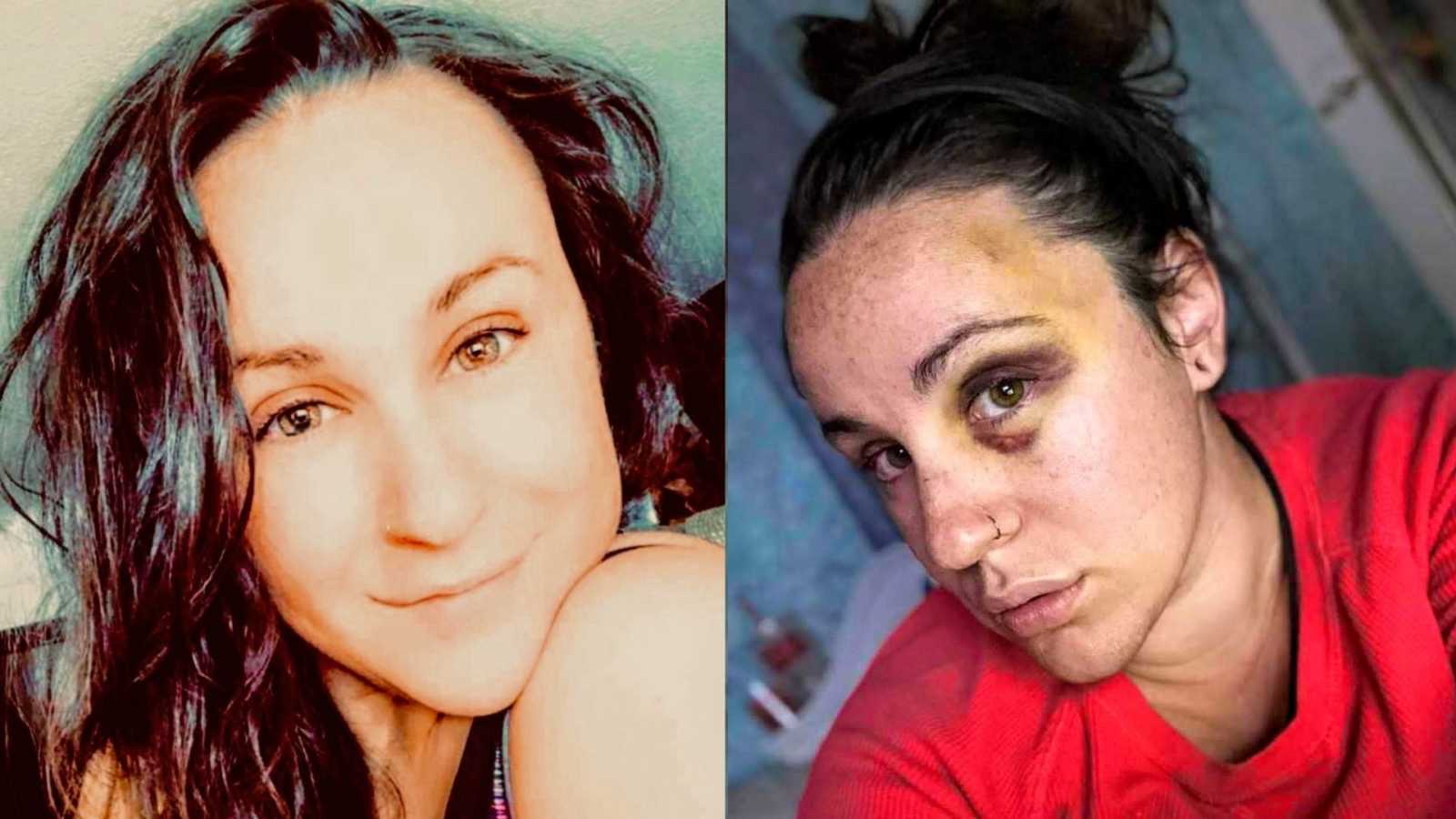“I received my epilepsy diagnosis nearly two decades ago. At the time, they explained to me it was a degenerative condition, but there’s no way my 14-year-old brain could wrap my head around that concept. That I would end up living with chronic pain and fatigue. That it would cause cognitive and digestive issues. That my life would look very different than I might have imagined at the time. My seizures (myoclonic jerks and absence seizures at the time) were fairly well controlled with medication.

It wasn’t until my mid to late 20’s that I had my first tonic clonic (full loss of consciousness with convulsions). Even then, they were still fairly well controlled and predictable. If I got less than my required amount of sleep or missed a dose seizure activity would be close behind. Hard but manageable. All of that was about to change.
I’d graduated from Neuromuscular Therapy school and had been running a decently successful practice for about a year when I got caught in a snowstorm that sent my car careening off of a mountain road into a 15-foot ravine. The car landed at the bottom on the passenger side. Thankfully, my dog and I both came out relatively unscathed. I was able to grab her and zip her up in my jacket, wedge the driver side window down, and shimmy us out on top of the upturned car. I scrambled up the hill and flagged someone down that could get me to the hospital to be examined. Nothing broken, all soft tissue damage so they sent me home. It took them 2 days to find my white car in all the fresh snow. Harrowing, but I pushed on.
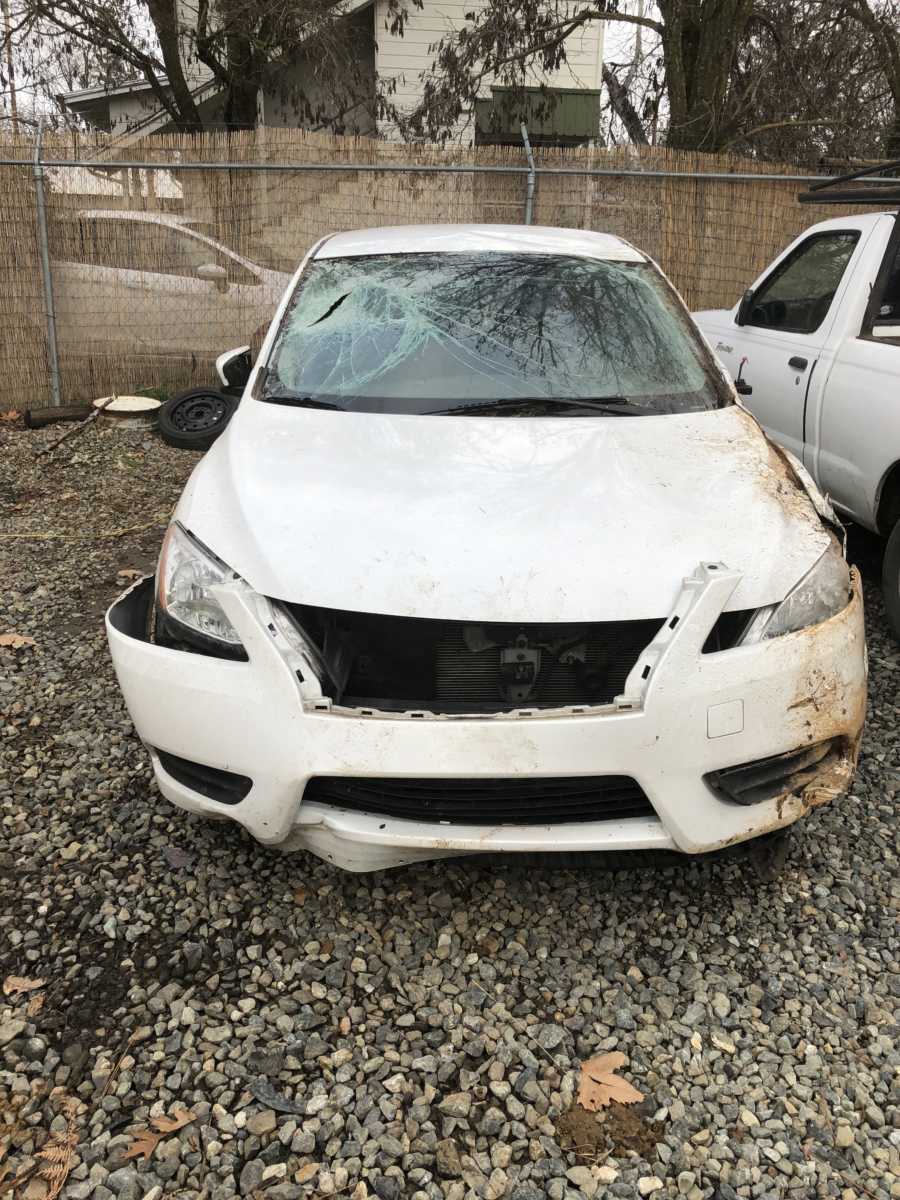
A few months later, I purchased a replacement car, packed it up, and moved myself and my practice to Oregon! Something I’d dreamed about for years. I was in love with my new home state. It was everything I wanted and more. But I was there for a whopping two months when I was T-boned by a teenager driving his parent’s car…more soft tissue damage and whiplash. Again, I persevered.
No car and no replacement until the insurance could handle the claim and reimburse me. This meant putting my practice on hold because I was injured and I had no transportation. I picked up a job working the graveyard shift at a call center. Dreamy, right? But I did it because it left my days open to continue education for my practice until I could, ideally, take clients again.
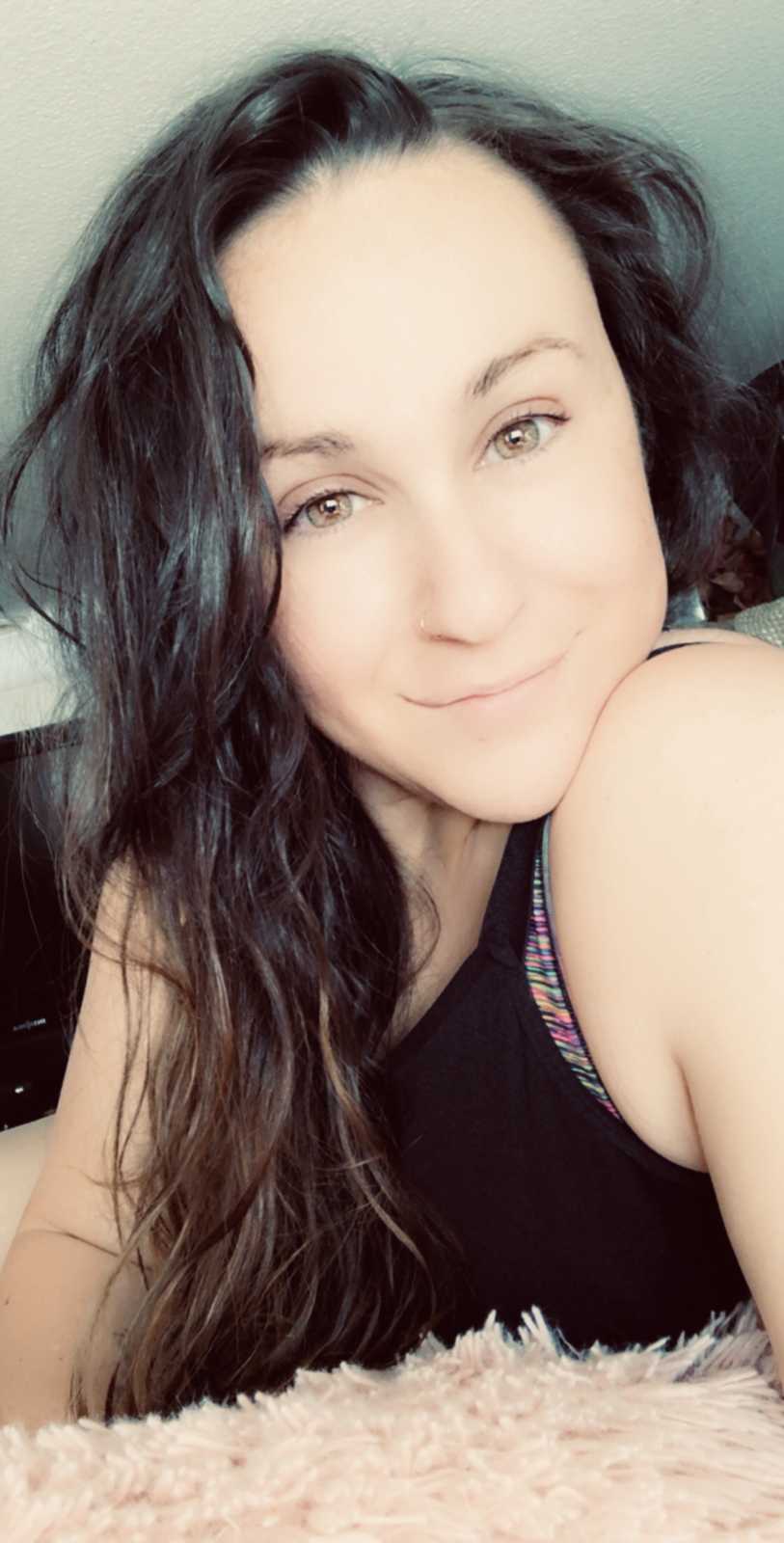
I was managing a full-time work schedule and a 4.0. Once more, things seemed to be falling into place long enough for me to catch my breath… and that’s when my first tonic clonic seizure in years happened. It’s almost as if it was making up for lost time because it was the worst one I’d had up until that point. I went face down, full body weight onto a hardwood floor and fractured my forehead and the bridge of my nose.
Less than a month later, it happened again, this time fracturing the other side of my forehead. And then a third (which, thankfully, I was in bed for – not sure my face could’ve handled any more trauma). I was on bed rest for months, had to withdraw from school and resign from yet another job. In the past, I had struggled with anxiety and depression over my chronic illness (among other things) for years. This, however, was officially the lowest point of my life. I stopped caring whether I lived or died. I wasn’t going to take myself out, but I wasn’t exactly doing anything to prevent it either.
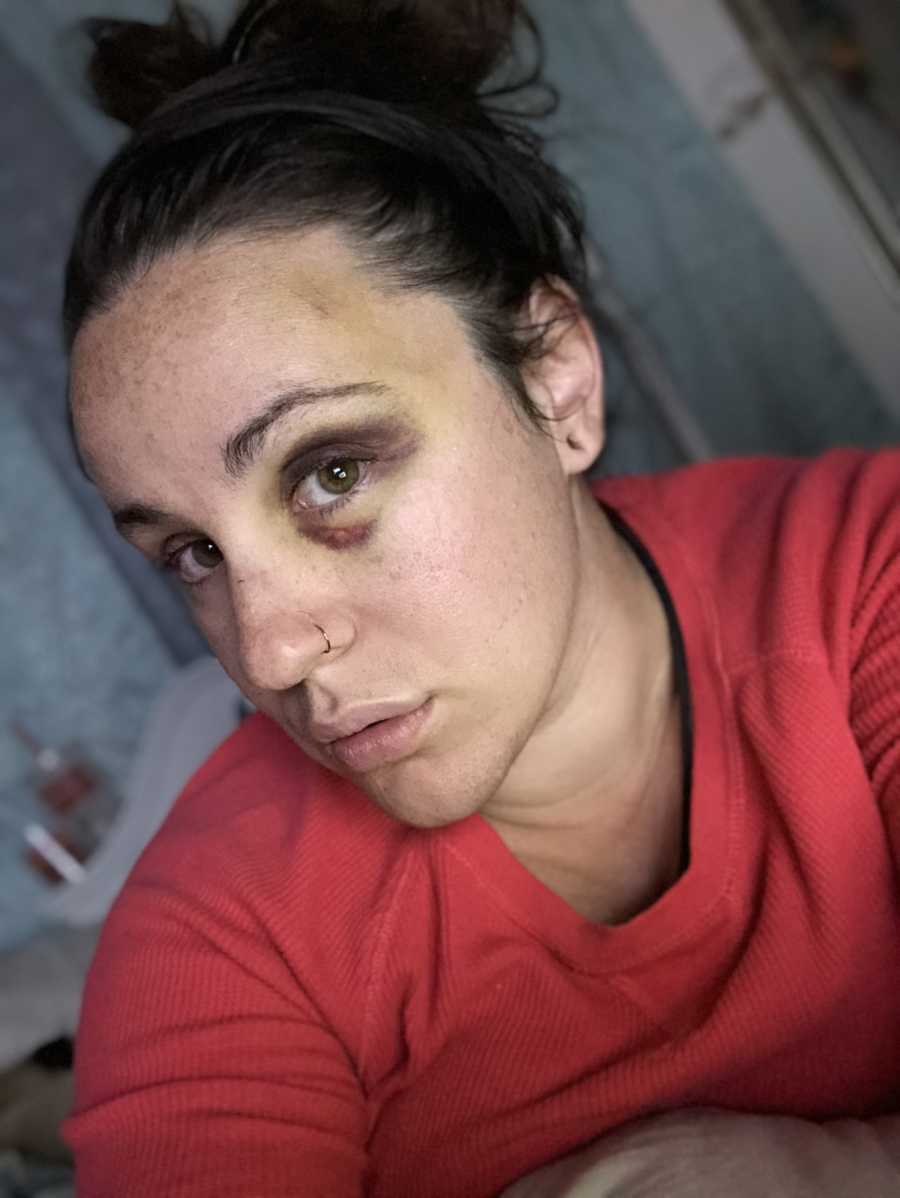
Begrudgingly, I agreed to move in with my Mom and Nana in Arizona. My Nana had recently been diagnosed with Dementia (what we now know to be Lewy Body) and needed full-time care. My moving in allowed my mother to continue to work while someone stayed home with Nana. I helped develop a routine for her and, in doing so, got myself back into one. When I say I started small, I’m not kidding. I would get up, make us breakfast, medicate her, and go back to bed. Then I added little hand and facial exercises, mostly while binging mindless television and movies.
At first, I was literally just doing it for my grandmother. But, honestly, developing a routine for/with her probably saved my life. I was in the deepest depths of despair and utter hopelessness. I had completely given up on myself. My friends and family were very supportive, to the point of what they knew what was going on. I am deeply introverted and have trouble even under less traumatic circumstances sharing fully how I feel. They knew about my physical rehabilitation and that I was disappointed to be moving back to Arizona. It wasn’t until very recently when I began sharing my story that anybody even realized just how low I had been.
Once I’d seen every movie out there I got bored, my mind needed alternate stimulation so I started to read things like Eckhart Tolle – The Power of Now, Miguel Ruiz – The Four Agreements. I deep dived into podcasts and interviews with people like Brooke Hampton, Jay Shetty, Humble the Poet, Russell Brand, Jameela Jamil, Michael Rosenbaum, and Zachary Levi (who also has a supplement company called Flowsupps that helped me get my nutrition back on track). All these folks had something in common: they were on fire about radical change with mental/spiritual health.
I learned about how deeply I had not been practicing what I preached to clients about the importance of self-care, self-love, and forgiveness. I started incorporating some of the stuff they talked about into my daily routine. Waking up and taking time to start your day with gratitude, journaling, getting deeper and more real with my meditation/prayer life… and it spread like wildfire. I began documenting my journey online as a means of accountability and through that I found incredible support systems with folks like @spooniesisterhood, @ayanatherapy, and @findsisterhood.
It’s amazing how sharing your story can bring healing and catharsis to you and those around you. In the depths of my depression, I always just assumed nobody really cared but I had to learn it was the disease talking and that nothing could be further from the truth. Since coming out with my story I’ve had people close to me and strangers alike tell me how it’s resonated with them and how my journey is inspiring them. Now we’re all supporting each other! Love makes the world go round and it starts with you, cheesy as that may sound.
With all this work I started putting in and the love/support of my family (chosen and biological), I was finally able to start making some real change. Now, I work out 6 days a week (even if it’s from my bed). I meditate and reflect on all the things I’m grateful for (even on the hard days). I’m patient and forgiving with myself when my chronic illness/pain doesn’t allow the day to go as planned.
I’m now in a happier, healthier place mentally, spiritually, and physically than I may have ever been in my entire life. The tools I’ve used to get there may or may not be the ones that work for you but finding your tools and more importantly making the commitment to use them is the most important part of the recovery process.
Know this: No matter how you get there, you are loved, you are valued, you are worthy. Repeat it until it becomes part of your internal monologue. Breathe deep and let it in.”
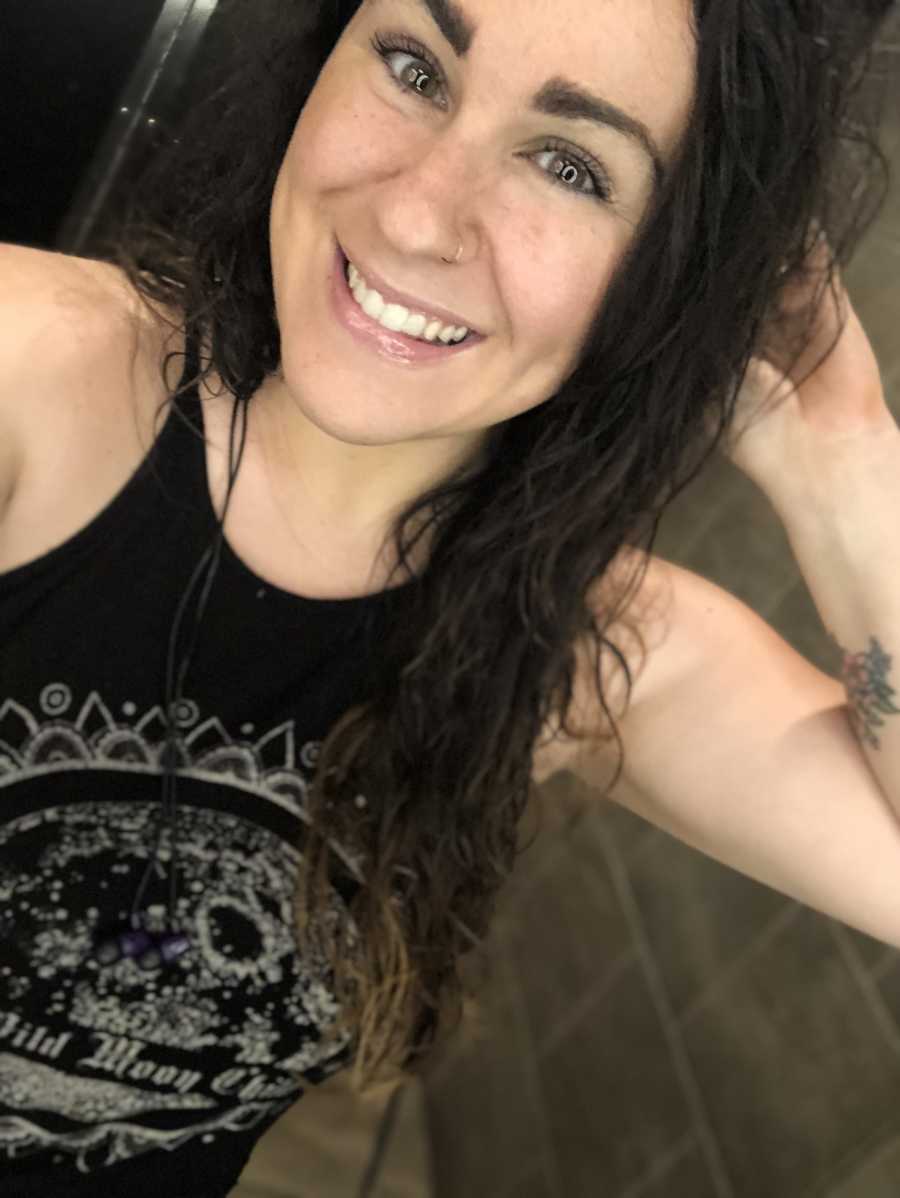
This story was written by Julianne Berry. You can follow her on Twitter. Submit your story here, and subscribe to our best stories here.
Read more inspiring stories about chronic illness:
Provide hope for someone struggling. SHARE this story on Facebook and Instagram to let others know a community of support is available.

